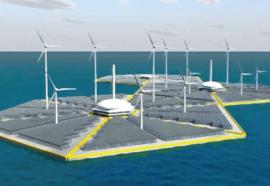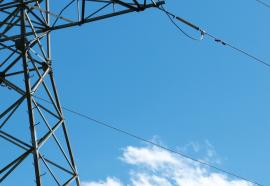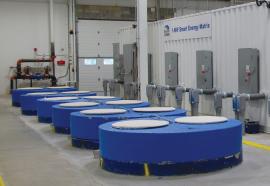Green Power Supercharge
Submitted by meacott on Fri, 2011-04-29 18:03Over the past decade, utility green power programs (also known as green pricing programs) have helped utilities across the nation meet growing customer demand for electricity generated using renewable resources, as well as support both large- and small-scale local renewable energy projects. Additionally they’ve helped utilities improve relations with utility commissions, local environmental groups, and other key stakeholders.











